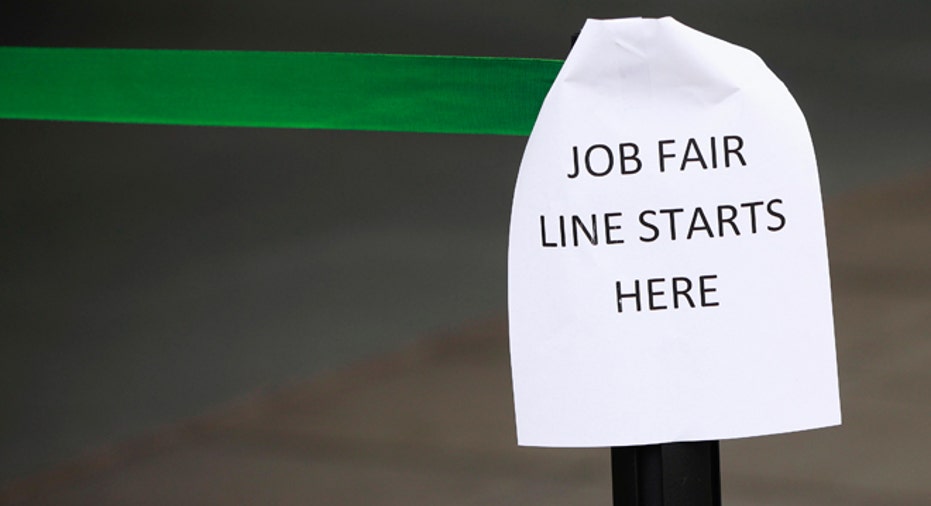Fed's Fisher: We're Drowning in Unemployment

The United States is "drowning in unemployment," its economy is running at stall speed and inflation is "not a problem," but easier monetary policy is not the answer, one of the Federal Reserve's most hawkish policymakers said on Friday.
"We've had a recovery that is quite disappointing," Dallas Fed President Richard Fisher told a group at the University of Texas at Dallas.
But without more certainty on tax policy and regulation, he said, "all the monetary accommodation in the world" will not get businesses hiring again.
The Fed this month said it would buy $40 billion in mortgage-backed securities each month to in an effort to boost employment, and pledged not to stop buying until the labor market improves substantially, as long as inflation remains under control.
The idea behind the program, known as quantitative easing, is to push down borrowing costs for home purchases and other investments, freeing up household cash. With consumers spending more, businesses are expected to boost hiring to meet the demand.
The trouble with that logic, Fisher said on Friday, is that businesses cannot make decisions about hiring as long as tax policy is in the air. Of particular concern is a raft of spending cuts and tax increases dubbed the 'fiscal cliff' that looms at the end of the year.
"A short-term fix to the fiscal cliff will do nothing but push out the envelope of indecision and we will continue to be plagued by high unemployment," Fisher said.
Unemployment has been above 8 percent for more than three years; inflation is currently below the Fed's goal of 2 percent.
Fisher, who opposed the new round of stimulus, said he agrees that the issue of the day is jobs and putting people back to work, but was concerned that the Fed could lose its focus on inflation.
"I do think that it would be a dangerous thing if we were to abandon containing inflation and inflation expectations to achieve employment targets," Fisher told reporters after the speech. "We have to make sure that we carefully work on both fronts."
EXIT?
Like some of his more hawkish colleagues, Fisher said his opposition to further easing also stemmed from worries over what will happen once the Fed needs to reverse course.
The Fed has kept interest rates at zero since December 2008, said it would likely keep them there through at least mid-2015, and bought more than $2.3 trillion in long-term securities to further lower borrowing costs. Many economists expect the Fed's balance sheet to be well above $3 trillion by the time the current bond-buying program ends.
"We've never been here before so none of us know how we're going to navigate out of this particular quadrant of the liquidity pool in this ocean of money. And what I'm concerned about is that we may be painting ourselves into a corner," he said.
"We've done a lot ... It's not clear to me despite our theoretical ability to understand the tools very well, in practice, how we are going to get out of this."
Fisher also said he was worried about "what it will look like" if the bond-buying program does boost the economy and rates start to rise, forcing the Fed to incur losses on its multitrillion-dollar portfolio of bonds.
In recent years the Fed has turned a hefty profit and sent most of the proceeds to the Treasury.



















